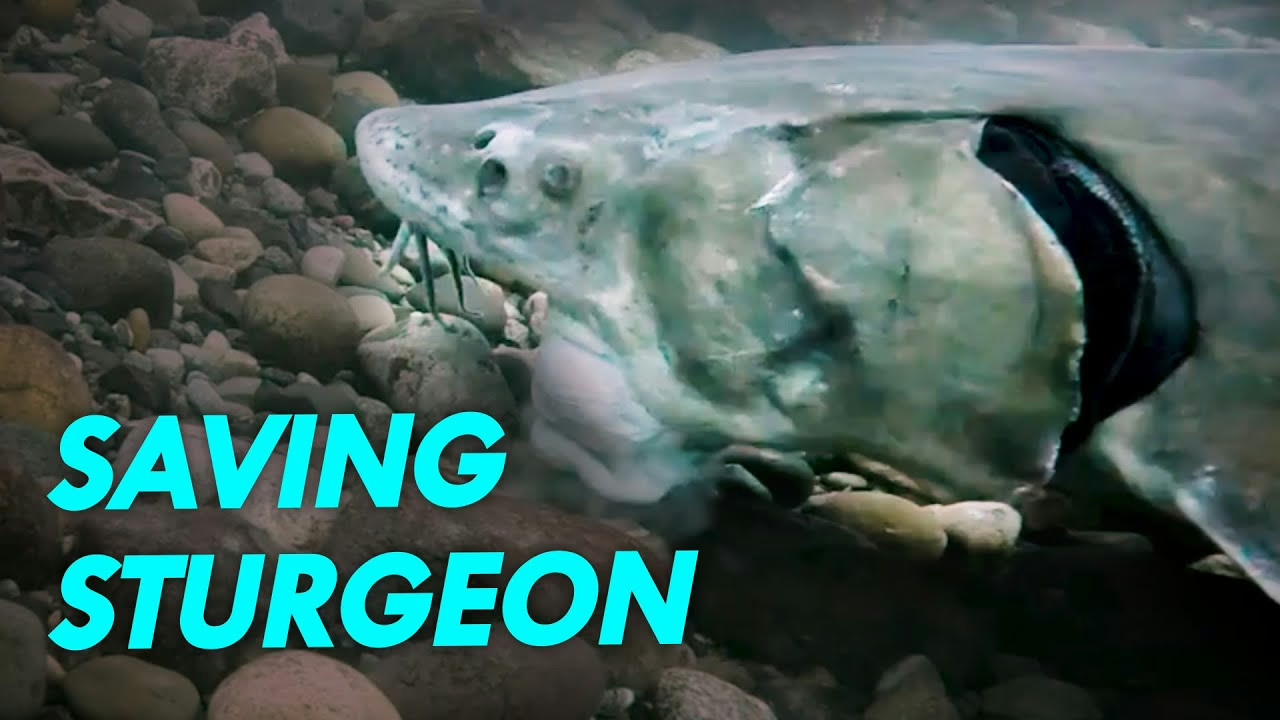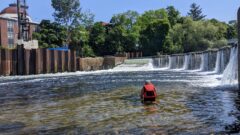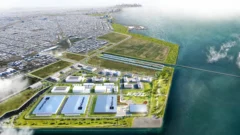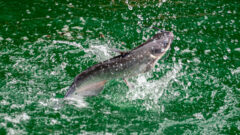Tag: Latest News
I Speak for the Fish: Swiping right on native fish
I Speak for the Fish is a column written by Great Lakes Now Contributor Kathy Johnson. Publishing the author’s views and assertions does not represent endorsement by Great Lakes Now or Detroit PBS. Check out her previous columns.
There’s a fish project in Northern Michigan that is exciting researchers from around the world.
Steve Nease cartoon, Aug. 15, 2025
THIS CONTENT IS RESERVED FOR SUBSCRIBERS ONLY Subscribe now to read the latest news in your city and across Canada. Exclusive articles from Ryan Pyette,
New study correlates unexplained frequent miscarriages to PFAS exposure
A new study published in Ecotoxicology and Environmental Safety, found a correlation between certain per- and polyfluoroalkyl substances (PFAS) and unexplained recurrent spontaneous abortions. According to the American College of Obstetrics and Gynecology, there is often no found cause for more than half the cases of unexplained pregnancy loss. According to researchers in the study, this lack of understanding “poses significant challenges to clinical management and contributes to heightened psychological burden among patients.”
The director of the Social Science Environmental Health Research Institute at Northeastern University, Phil Brown, told Newsweek in a recent interview: “We already know that PFAS are associated with preterm birth, low birth weight, reproductive toxicity, preeclampsia, decreased fertility and single occurrence of miscarriage.”
In May, Environmental Protection Agency (EPA) Administrator Lee Zeldin announced his intention to rescind PFAS limits that were put in place during the last administration.
Chicago’s “Quantum Prairie” Promises New Era of Great Lakes Technology and Water Use
By Christiana Freitag, Circle of Blue
The Great Lakes News Collaborative includes Bridge Michigan, Circle of Blue, Great Lakes Now at Detroit PBS, Michigan Public and The Narwhal who work together to bring audiences news and information about the impact of climate change, pollution, and aging infrastructure on the Great Lakes and drinking water.
How Michigan’s Inland Fish Farmers Cultivate a Sustainable Future for the Great Lakes
Despite being surrounded by the largest group of freshwater lakes on Earth, Michigan imports the vast majority of its seafood, between 65% and 90%, according to Michigan Sea Grant.
As global aquaculture has grown to meet increasing demand for protein, a small but determined group of inland fish farmers in the Great Lakes region are working to build a more sustainable, local supply.















